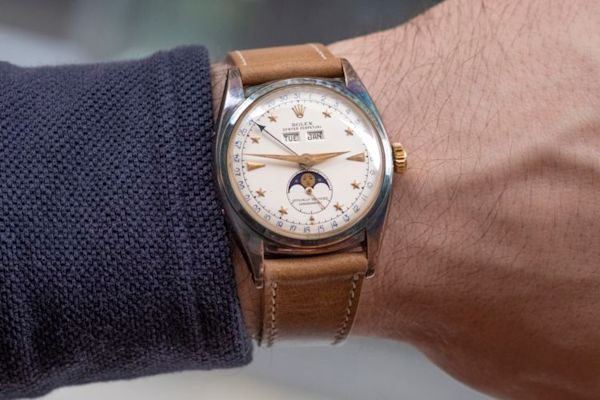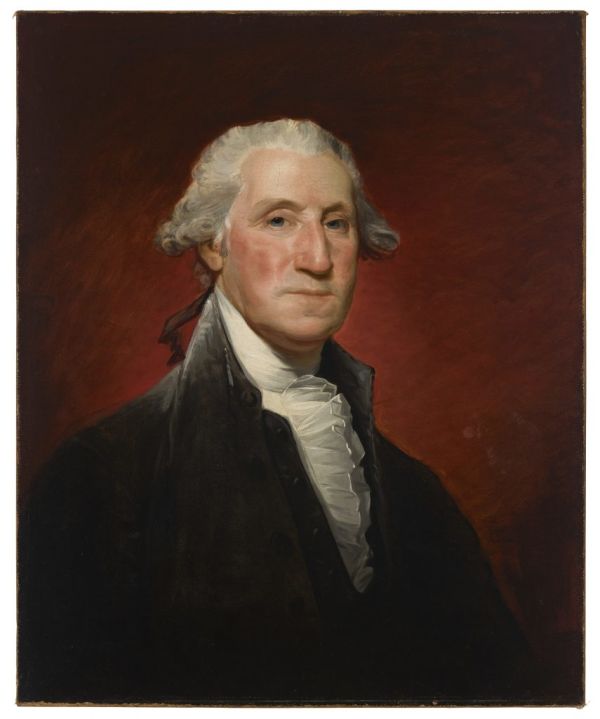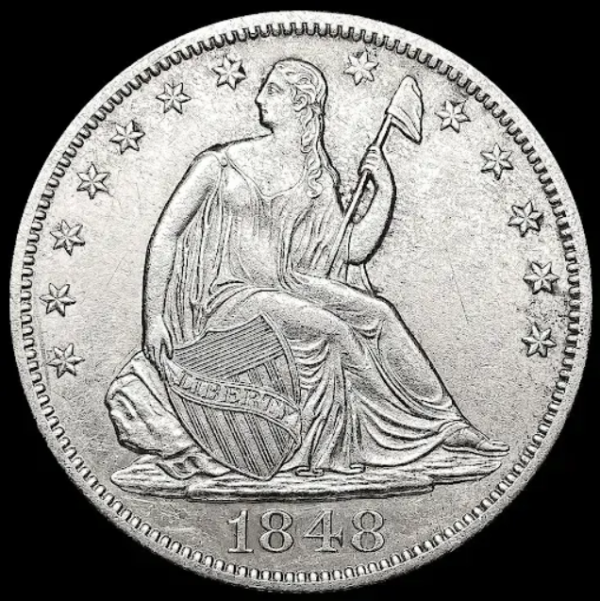Login
Login
Sign Up
Forgot Password?
Million dollar Rolexes
- Jan 23, 2020

Earlier this week, I found myself sitting in the front row at the Phillips Game Changers auction, speculating with collectors and watch dealers about what crazy prices we thought would be achieved by Jack Nicklaus’s Rolex Day-Date and Marlon Brando’s Rolex GMT-Master from Apocalypse Now. People were throwing out numbers in the millions (plural) and not flinching for a moment. After the watches sold for US$1.22 million (RM4.95 million) and US$1.95 million respectively, there was a certain sense of disappointment circulating. No world records were set, nobody pulled any crazy auction antics and watches that had been hyped up for months were no longer objects of speculation.
But wait a minute. Disappointment? At what? Two Rolex watches just sold, minutes apart, for seven-figure prices, and the lack of a tenth digit or some sort of record had people feeling a tad deflated. As I walked out of Phillips, I could not help but feel that this was crazy. It was less than a decade ago that we saw the very first Rolex break the million-dollar mark, and somehow in just eight short years, we have started to take it for granted that million-dollar Rolexes grow on trees and are auction block regulars. That is madness, and here is why.
First things first. It is important to understand that when I talk about million-dollar Rolexes, I am referring to a really tiny collection of watches. By my count, we are talking about 28 watches. Total. Ever. The first Rolex did not clear the US$1 million mark until 2011, when one of only a dozen reference 4113 split-seconds chronographs hit the block at Christie’s Geneva. It would be another two years until a second ref 4113 bested that watch, setting a new record at US$1.1 million. There were just two US$1 million Rolexes in 2013, one in 2014, two in 2015, and three in 2016. It was 2017 when things started to hockey stick, with five that year, eight in 2018, and five in 2019.
Now, I am only able to talk about public transactions here. That means watches sold at auction, where, legally, records must be public and transparent. I know of a few million-dollar-plus Rolex deals done over the last few years, but since there is no public record of them, we are going to leave them out of this. They are the watches you would expect, though — mega Daytonas, 8171 and 6062 calendars, et cetera.
Here is every Rolex that has publicly sold for over US$1 million, along with notes on where each sold, when it sold, and for how much:
To become a million-dollar Rolex, a watch needs to meet one or more of a few criteria. It seriously helps if the watch is a chronograph or a calendar. A bit of provenance does not hurt at all. And, as you would expect, outright rarity is the name of the game. But let us break this down a bit further, shall we.
We will start with the reference 4113, since it was the first watch to break the US$1 million barrier. The ref 4113 was produced by Rolex in just 12 examples (only eight or nine are known to the market), all in 1942. Think about what was going on in the world in 1942 — and Rolex decided to make 12 crazy-expensive, split-seconds chronographs in massive 44mm steel cases? Yeah, it is just as weird as it sounds. The combination of rarity, weird backstory, desirable complication, and Rolex coronet on the dial make this a perfect storm.
Four of the US$28 million Rolex results are for 4113s, but that is a bit deceiving. The watch that Phillips sold for 1.94 million Swiss francs (RM8.12 million) in November 2019 is actually the same watch that first broke the barrier in 2011 at Christie’s. Funnily enough, this watch has actually seen the auction block three times. The widow of the original owner sold it at Christie’s in 1991 for significantly less than seven-figures, and it would not make its big splash until 20 years later (though other ref 4113 examples were sold in the interim for six-figure prices).
These are watches that you basically never see. For most people, even mega-collectors, they might as well be a myth. However, we have been lucky enough to show you two of them in-the-metal over the years. The first time was on the wrist of John Goldberger in his 2013 episode of Talking Watches; the second was on the wrist of a collector in Dubai in 2016. The ref 4113 is the very definition of a mega-watch and it makes complete sense that prices are sky-high if you want to acquire one.
Rolex made two different triple calendar moonphase watches in the middle part of the 20th century, the 8171 and the 6062. The former does not have an Oyster case, while the latter does; the former is slightly larger and slimmer at 38mm across, the latter has the familiar 36mm dimensions of something like a Day-Date. Both are extremely collectable and have only become more popular and desirable as scholarship gets better and more examples have come to market.
These watches are rare, relatively speaking, but we are talking about thousands of examples out there, not a dozen or two. The issue, as is frequently the case, is finding examples in good condition with documented histories. Even a basic example of either reference is going to set you back six figures, so fiddling around with watches that might be doctored or pieced together is not something you will want to do. The examples that bring in seven figures, though, usually have something extra that sets them apart. They are not just pristine versions of US$300,000 watches. In particular, you will notice examples in stainless steel (with or without diamonds on the dial), versions in gold with “stelline” dials (featuring star-shaped hour markers), and the unique 6062 made for Bao Dai, the last emperor of Vietnam.
If you want to learn a bit more, I suggest grabbing a copy of Hodinkee magazine, volume 4. Ben wrote a fantastic story about the ref 8171, its rise in popularity, and what you should know, whether you are in the market for one or not.
Now, this is where the million-dollar Rolexes start to mingle with the more mainstream watches. The Daytona became extremely fashionable over the last decade or so, and it is considered by many to be the vintage Rolex watch to collect. Books have been written about it, multiple thematic auctions have been held for it, and the most expensive Rolex in the world is one.
It was not that long ago that a basic Paul Newman Daytona could be had for under US$100,000, but those days appear to be long gone. Maybe it is due to the volume, but it is also the most diverse group of watches in the US$1 million club. There are watches that achieved this price simply due to perceived rarity like the “RCO” Daytonas (where the script at 12 o’clock is in the order Rolex/Cosmograph/Oyster instead of the more common Rolex/Oyster/Cosmograph). There are other watches that are completely unique like the white-gold Unicorn. There are others still that are all about provenance, such as Paul Newman’s Paul Newman.
It is worth noting, though, that Daytona prices are starting to come back down to earth. The last time a Daytona was sold publicly for over US$1 million was back in May 2018, as part of the Daytona Ultimatum sale. Five watches sold that day for over US$1 million, including an “RCO” Daytona and the unique white-gold Daytona called “The Unicorn.” Since then, prices have softened on Daytonas overall, and watches like the RCO — which were thought to be US$1 million watches across the board — are no longer selling for those prices. It will be interesting to see when we next get a US$1 million Daytona and what pushes it across that line.
This is the hardest of the categories here to pin down. Why? Because these watches achieved their prices largely due to an intangible, something that cannot be quantified or calculated: Emotion. The connection that watch collectors feel to Paul Newman’s Paul Newman Daytona, a watch that basically put vintage Rolex collecting on the map, is impossible to quantify or value outside of what someone was willing to pay for the watch. The same is true of the historical interest and aesthetic appreciation of the unique ref 6062 “Bao Dai” or the fandom that propels someone to bid on a watch owned by Jack Nicklaus or Marlon Brando.
Predicting the future for these watches and what the market for them will look like is, quite frankly, impossible. It is hard to imagine a Rolex watch that could outperform the Paul Newman Daytona. But it is not completely out of the question.
Of the 28 Rolexes that have cleared US$1 million, only two do not fit into one of the four categories above. These are that time-only ref 5029/5028 with a cloisonne enamel dial that sold at Christie’s in 2014, and the world-record Rolex Submariner that sold for US$1,068,500 at Christie’s in 2018. These are pure cases of extreme rarity, and the market being bullish on the watches as a result.
In the case of the enamel-dial watch, Rolex made very few of these pieces in the 1940s and 1950s; due to the handmade enamel dials, each one was unique. They are a throwback to a sort of collecting that is not the most in-vogue right now, and I am not sure that watch would achieve that price today, but it is a rare, special watch nonetheless.
The Submariner, on the other hand, is exactly the sort of watch I would expect to fetch huge money in today’s market. Most importantly, it is a steel Rolex sports watch — and a rare one at that. I do not know of a single other big crown ref 6538 Submariner with an Explorer dial and a red depth rating. The fact that this watch came to Christie’s without its bezel or bracelet kind of adds to the mystique and does not seem to have affected the price at all. This is a classic case of “find me another” taken to its logical extreme.
This article was extract from The Edge
Latest News


The Met Is Selling a George Washington Portrait to Fund Its New Acquisitions
By Adam Schradee
Evolution of American Coinage: From Liberty Heads to Saint-Gaudens Double Eagles
By Liz Catalano
Become An Expert In 2 Minutes: Exploring the Special Straits Chinese Collection
By Andy Penders
